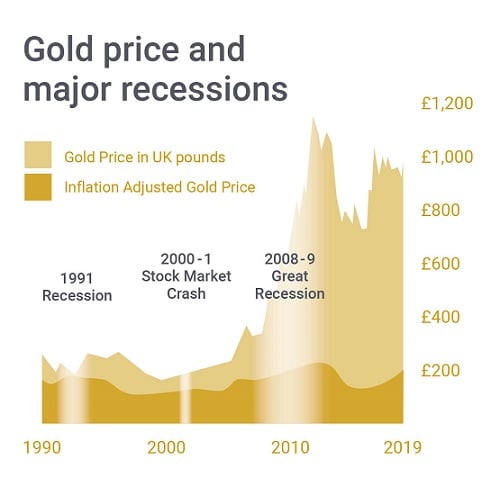Alright, folks, let’s talk about what’s really happening in the US financial markets. CICC’s latest report is out, and while it confirms liquidity is indeed tightening, the sky isn’t falling… yet. We’re seeing volatility in stocks and bonds, sure, but no widespread liquidity crunch – not yet, anyway.

But here’s the kicker: liquidity crises are rarely a slow burn. They’re ‘black swan’ events, unpredictable and capable of escalating quickly. Don’t fall into the trap of assuming things will simply get better. Hope for the best, prepare for the worst.
Let’s be clear: market sentiment is key. If confidence returns and assets stabilize, this liquidity pinch can ease. However, should things deteriorate, policymakers must intervene decisively. History proves decisive action works. Think of the UK pension fund debacle in 2022, the Silicon Valley Bank collapse in March 2023, or even the recent unwinding of yen carry trades – all addressed with targeted interventions.
Deeper Dive: Understanding Liquidity & Crisis Management
Liquidity, simply put, is how easily assets can be converted to cash. A tightening indicates this process becomes harder, potentially impacting market functioning.
Black Swan events are unpredictable, high-impact occurrences – often defying standard forecasting models. Preparedness is crucial.
Central banks maintain a toolbox of instruments like reserve requirements, open market operations, and lending facilities to manage liquidity.
Policy intervention isn’t about bailing out everyone; it’s about stabilizing the system to prevent cascading failures. This is a critical distinction.
The Fed has the tools and the experience to step in if needed. And frankly, these moments often present opportunities for savvy investors. Keep a close eye on the situation, folks – volatility can breed opportunity. Don’t be afraid to think strategically!




